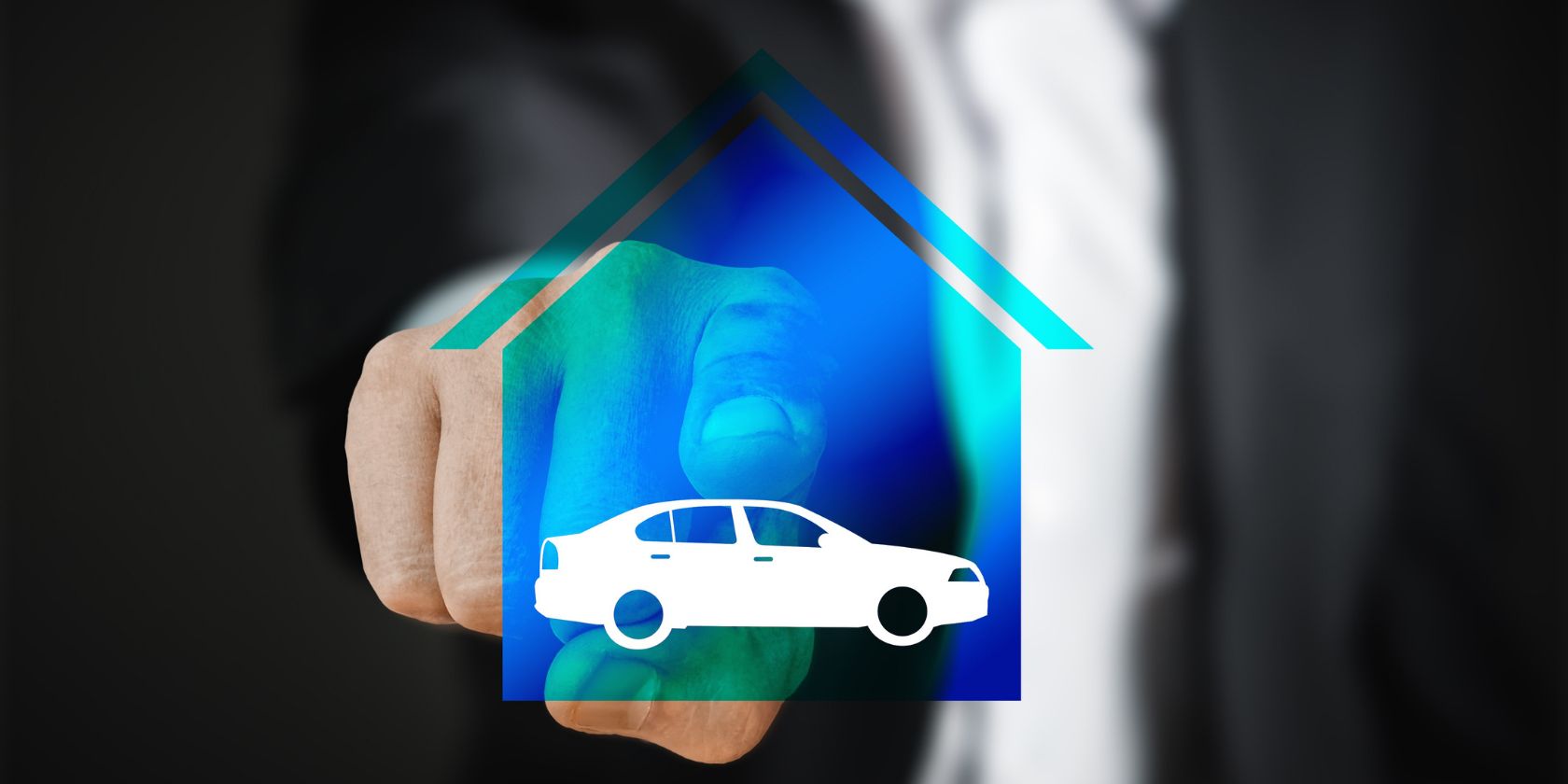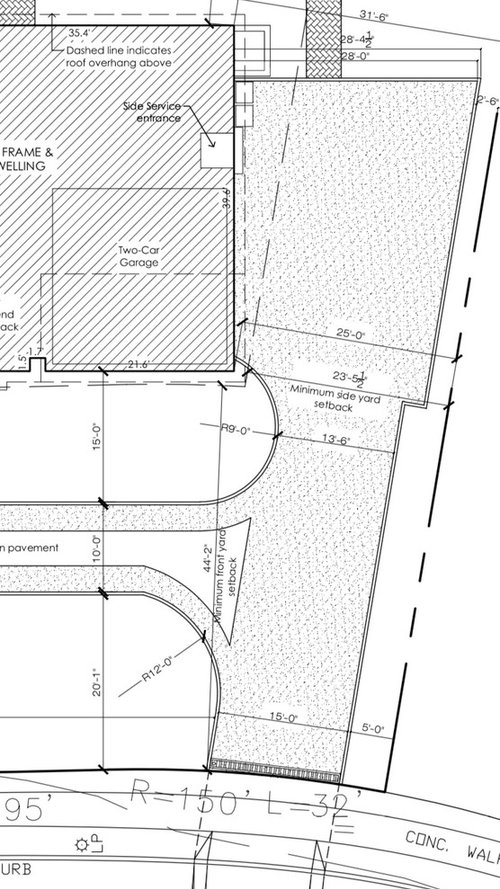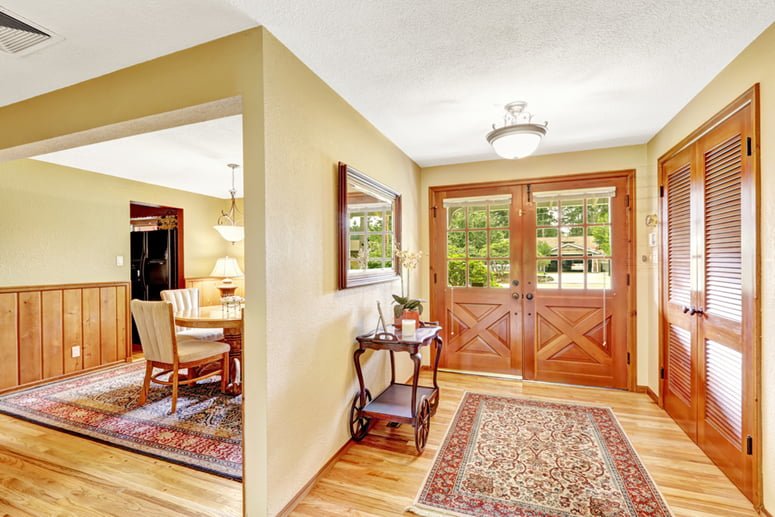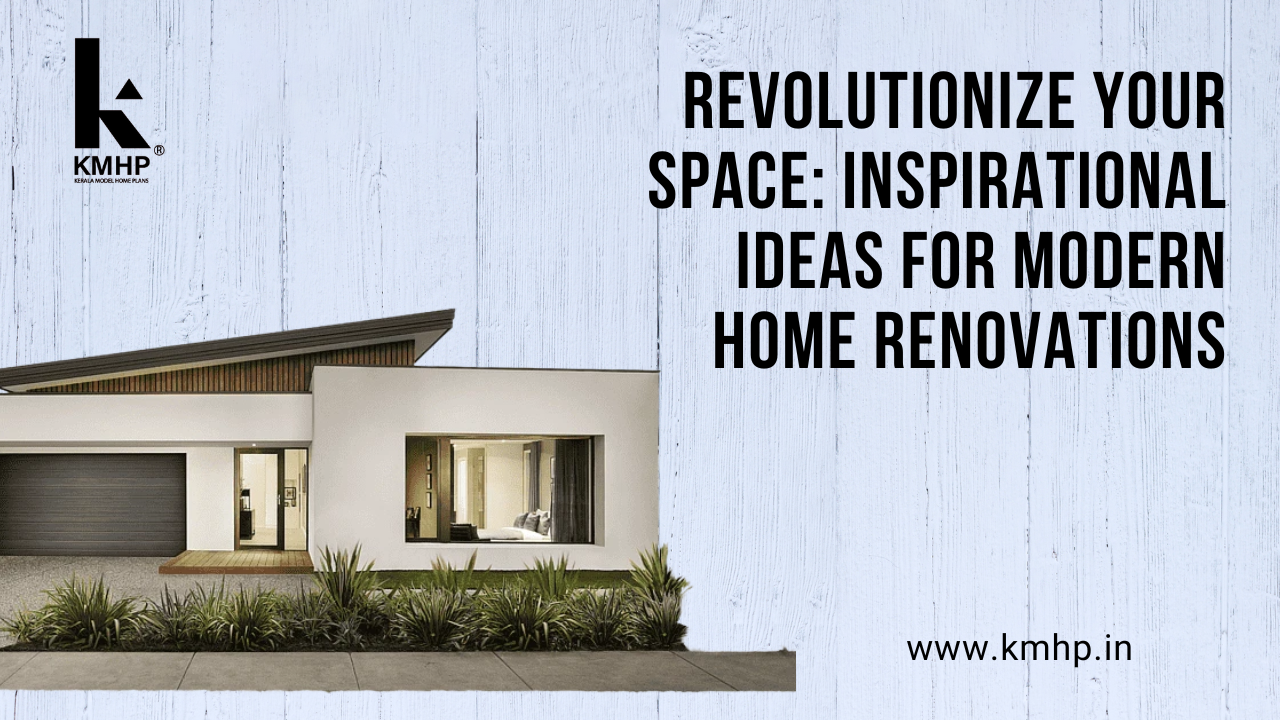Garage and Driveway Design Guide
Planning your dream home? Don’t overlook the often-underestimated importance of your garage and driveway design. At cartlab.web.id, we understand that these seemingly functional spaces significantly impact your home’s curb appeal, functionality, and overall value. A well-designed garage and driveway seamlessly integrate with your home’s architecture, offering both practicality and aesthetic pleasure. From maximizing storage to enhancing safety, the possibilities are vast, and this comprehensive guide will walk you through every step of the process.
This guide will equip you with the knowledge and inspiration needed to create a garage and driveway design that perfectly complements your home and lifestyle. We’ll explore various materials, styles, and considerations to help you make informed decisions throughout the design and construction phases. Remember, the right design can transform these often-overlooked areas into stunning and functional assets.
Whether you’re building a new home or renovating an existing one, understanding the key elements of garage and driveway design is crucial. This guide will delve into everything from choosing the right materials and layout to incorporating smart features and landscaping elements that enhance the overall aesthetic and functionality of your property. Let’s embark on this journey to create the perfect entrance to your dream home.
Choosing the Right Garage Style and Size

The style and size of your garage are fundamental aspects of your overall garage and driveway design. Consider these factors:
- Attached vs. Detached: Attached garages offer convenience and protection from the elements, while detached garages provide greater flexibility in placement and can enhance curb appeal. A detached garage might be particularly beneficial if you have a significant amount of equipment or vehicles to store.
- Size and Capacity: Accurately assess your storage needs. Consider the number of vehicles, storage space for tools and equipment, and any future needs. Allowing ample space for maneuvering within the garage is vital. Overestimating is always preferable to underestimating.
- Garage Door Style: The garage door is a prominent feature. Consider styles like carriage-house doors, sectional doors, or roll-up doors, each with its own aesthetic appeal and functionality. Think about insulation levels and security features as well.
- Architectural Style: Ensure the garage’s style complements your home’s architecture. A modern home might suit a sleek, contemporary garage, while a traditional home might benefit from a more classic design.
Driveway Materials and Design Considerations

The driveway is the first impression visitors have of your home. Selecting the right materials and design is crucial for both functionality and aesthetics.
- Asphalt: A cost-effective and common choice, asphalt offers a smooth surface but requires periodic sealing to maintain its integrity. It’s durable but can crack under extreme temperature fluctuations.
- Concrete: Concrete is incredibly durable and long-lasting. It offers a wide range of finishes, from smooth to textured, and can be stained or stamped to create various patterns. However, it can be more expensive than asphalt.
- Pavers: Pavers (brick, stone, or concrete) provide a visually appealing and highly customizable driveway. They’re durable, easy to repair, and allow for drainage. However, they are typically the most expensive option.
Beyond material selection, consider:
- Driveway Width: Ensure sufficient width for comfortable vehicle access and maneuvering, particularly if you have larger vehicles or anticipate guests parking.
- Slope and Drainage: Proper grading is crucial to prevent water accumulation and potential damage. Ensure the driveway slopes away from the house to prevent water from entering the foundation.
- Curb Appeal: Consider incorporating landscaping elements to enhance the driveway’s aesthetic appeal. This could include planting trees, shrubs, or flowers along the edges.
Incorporating Smart Features and Technology

Modern technology enhances both convenience and security. Consider incorporating these smart features into your garage and driveway design:
- Smart Garage Door Opener: Control your garage door remotely via smartphone app, allowing you to open and close it from anywhere. This is particularly useful for added security and convenience.
- Security System Integration: Integrate your garage into your home security system for enhanced protection against intruders. Consider motion sensors, cameras, and alarm systems.
- Integrated Lighting: Install automated lighting systems for improved visibility and safety, both inside and outside the garage. Motion-sensor lights are a practical and energy-efficient option.
- Electric Vehicle Charging Station: If you own or plan to own an electric vehicle, incorporating a charging station is a wise investment. Plan for its placement during the design phase.
Landscaping and Exterior Design Integration
The integration of landscaping significantly impacts the overall curb appeal of your property. Consider these elements:
- Plantings: Strategically placed trees, shrubs, and flowers can soften the hard lines of the garage and driveway, creating a more welcoming and aesthetically pleasing entrance. Choose plants that are appropriate for your climate and soil conditions. Consider their mature size to avoid future issues with overcrowding. Consider consulting with a landscaping professional for advice on garden and landscape design: creating outdoor paradises. They can help you create a cohesive and visually stunning landscape that complements your home’s architecture.
- Lighting: Proper lighting is crucial for safety and security. Install well-placed outdoor lighting to illuminate the driveway and garage area, deterring potential intruders and improving visibility at night.
- Pathways: Create clear and well-defined pathways leading to the garage and front door. This improves accessibility and enhances the overall flow of the landscape.
- Hardscaping: Incorporate hardscaping elements like retaining walls, patios, or walkways to complement the driveway and create a cohesive design.
Budgeting and Professional Assistance

Creating a realistic budget is essential for a successful project. Consider these factors:
- Material Costs: The cost of materials varies significantly depending on the chosen materials (asphalt, concrete, pavers, etc.).
- Labor Costs: Factor in the cost of labor for excavation, construction, and installation.
- Permits and Inspections: Obtain necessary permits and plan for inspection fees.
- Contingency Fund: Always include a contingency fund to cover unexpected expenses.
Consider seeking professional assistance from architects, landscape designers, and contractors to ensure a well-planned and expertly executed project. Their expertise can save you time, money, and potential headaches down the line. A professional can also help you navigate local building codes and regulations, ensuring your project complies with all necessary requirements. Remember to always get multiple quotes before committing to a contractor.
Conclusion
Designing your garage and driveway is a significant undertaking that significantly impacts your home’s aesthetic appeal, functionality, and value. By carefully considering the factors outlined in this Garage and Driveway Design Guide, you can create a space that is both beautiful and practical. Remember to prioritize functionality, safety, and aesthetics to achieve a design that perfectly complements your home and lifestyle. For further guidance and resources, visit our comprehensive guide: Garage and Driveway Design Guide. Happy designing!







Comments